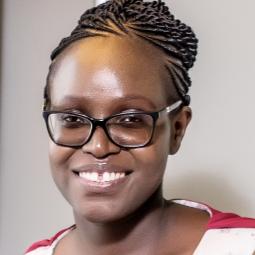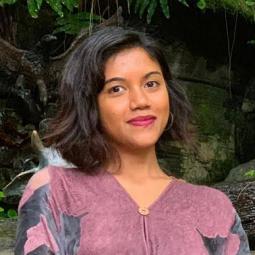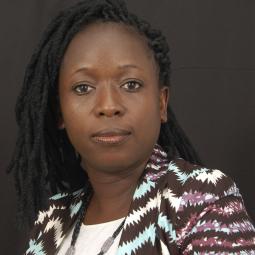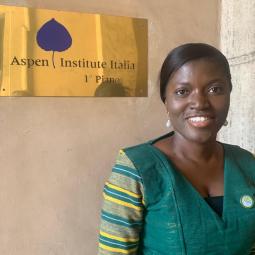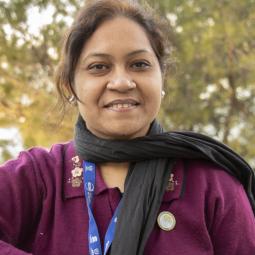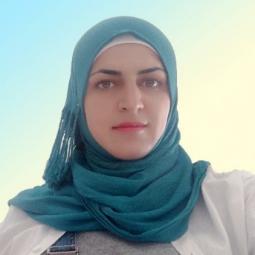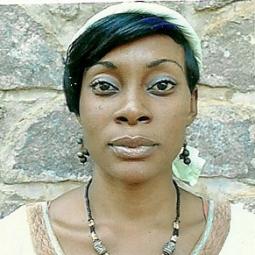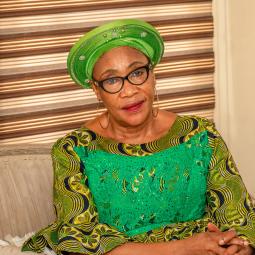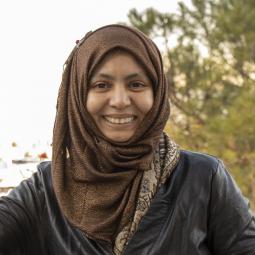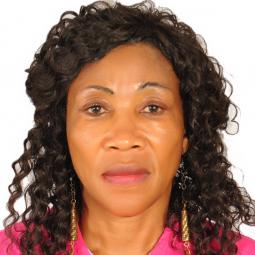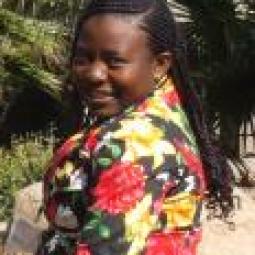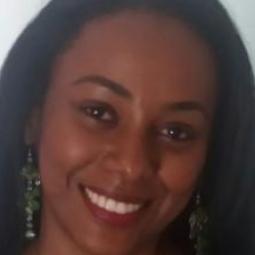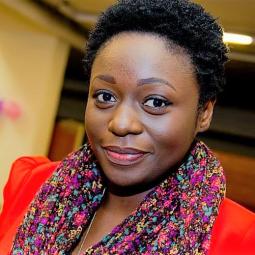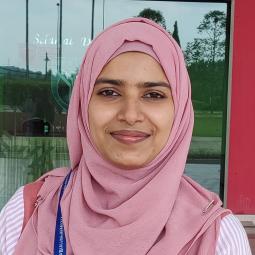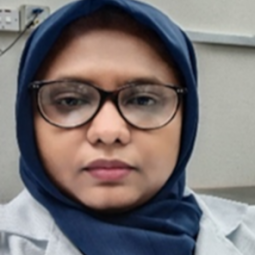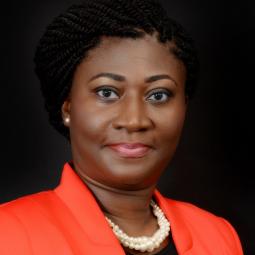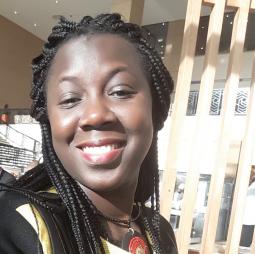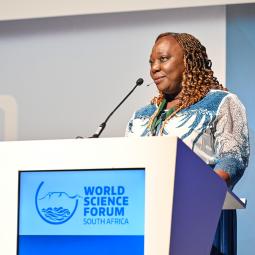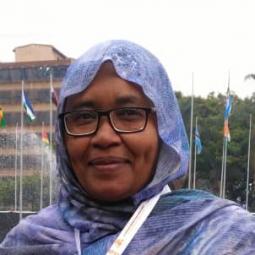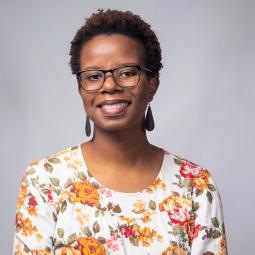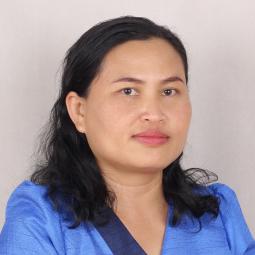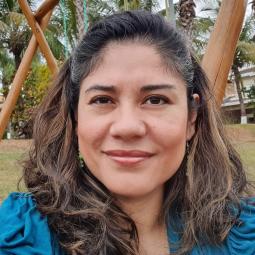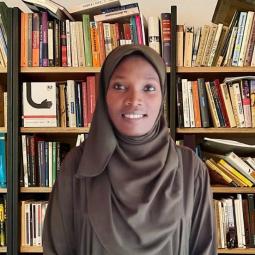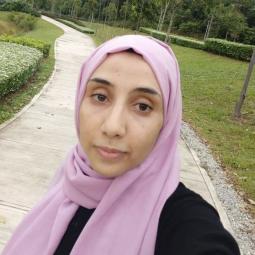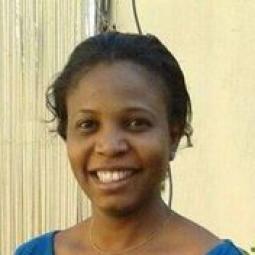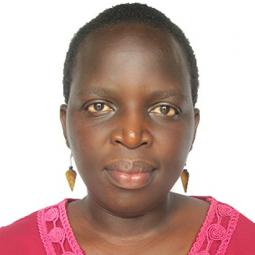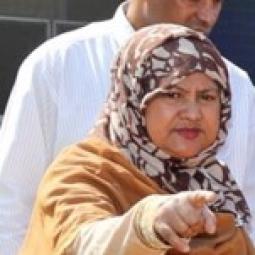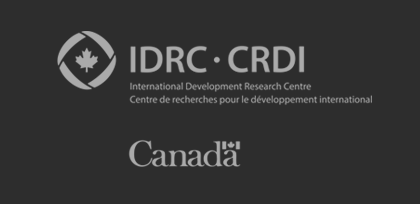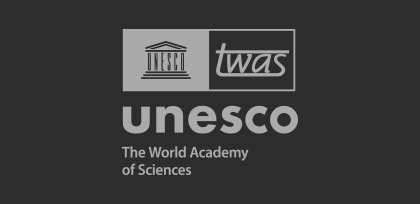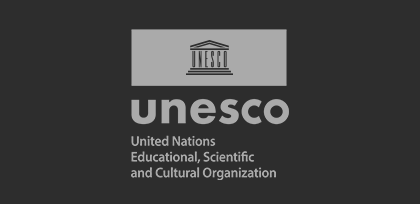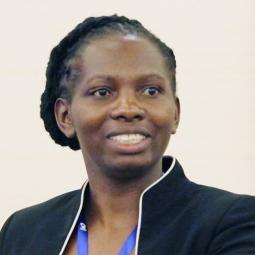
A physicist from Kenya protecting vulnerable populations from radiation and other contamination risks
I want to be in the boardroom. I want to be part of the policy mechanism. I want my influence to go higher than the classroom.
It’s very often that a good teacher is cited as the inspiration behind choosing a career in the sciences, but less often that we hear about a bad teacher being the reason. For OWSD PhD fellow Pamella Kilavi, it was a little of both. She always had a natural inclination towards science—partly, she says, because she didn’t care for the rote memorization that other subjects required—and was the top performing student in science in her district in western Kenya. It was a high school physics teacher, Mr. Nakuku, however, that first helped her to narrow in on a specific field: “He was so systematic and persistent. That was what led me into doing physics particularly.”
Since primary school, Pamella had dreamed of becoming a primary or secondary school teacher. Her high school career counsellor helped her to apply to Kenyatta University in Nairobi, where was accepted and began an undergraduate curriculum in physics and mathematics. In her fourth year, Pamella encountered the second teacher who influenced her career trajectory—but “the challenge wasn’t positive, it was a negative challenge. There was a time I asked him a question about the Schrödinger equation. He had written something very long on the blackboard, so I wanted him to try and explain what he had done, and he told me ‘This is stupidity. You need to be able to differentiate between X and Y.’ That was when I was like, no, there is a need for me to come back to the university and teach. Not to be like him, but to be a better lecturer.”
With this new goal in mind, Pamella applied to a master’s programme in physics at Kenyatta University, but found herself without the funds to pursue the degree right away. After graduating with her bachelor’s degree in 2000, she began teaching high school physics in Nairobi, and it was nearly ten years later that she got a phone call from a professor in the Institute of Nuclear Science at the University of Nairobi, who said, “’We have a scholarship. Are you still interested in pursuing a master’s in nuclear science?’” “I said, why not?”, relates Pamella, “so I went to pursue my master’s at 35 years old.”
After receiving her master’s degree in 2014, Pamella once again returned to teaching high school physics, but quickly found herself itching to return to the university. During a meeting with a Vice Chancellor at the Technical University of Kenya, she was encouraged to apply for a tutorial position at the University of Nairobi which she was offered in 2015—but the position required a PhD. In order to fund her PhD, Pamella applied for the OWSD fellowship in 2018, which she learned about first from a previous fellow, Zipporah Wanjiku Muthui (now a Lecturer in Physics at Chuka University in Kenya), and subsequently during a presentation to visiting scholars at the International Centre for Theoretical Physics in Trieste, Italy, where the OWSD Secretariat is based. She was awarded a sandwich fellowship to complete research visits at the University of Witwatersrand in South Africa, under Professor Iyabo Tinuola Usman. The option of the sandwich fellowship was important to her, she says, because she had young children at home. “This scholarship is very good because it allows women at any age to do a PhD. I tried others, but I couldn’t get them because of my age. OWSD allowed me to pursue a PhD even though I was above 35.”
In her PhD research, Pamella initially began by studying the levels of radiation and other risks from naturally occurring radioactive materials, such as uranium and thorium, that are enhanced by mining and other anthropogenic activities. Mining of titanium is one such process that leads to enhanced radioactivity, she explains, as uranium and thorium that are naturally found in titanium ore end up being more concentrated in mineral dusts and sands as a result of titanium extraction and processing. In certain areas of Kenya, such as Kwale County and Migori County, it is believed that high levels of radiation caused by these processes are affecting the health of local populations. As Pamella and her colleagues carried out their research, however, they began to investigate the possibility that not only enhanced radioactivity, but heavy metal contamination may be responsible for some of these effects. Now, they are looking at both radiotoxicity as well as chemical toxicity from heavy metals such as cadmium, lead, and arsenic, the levels of which are also enhanced as a product of mining. Pamella collects soil and water samples from affected areas and uses a special mass spectrometry device (called an ICP-MS instrument) at the University of Witwatersrand to analyse the levels of various contaminants and thereby assess the risk to people in those areas.
The results of her research have important implications for how mining companies approach environmental remediation, Pamella explains. If it turns out that heavy metal contamination is posing a greater risk than radioactivity, as her initial results seems to indicate, companies will have to propose new solutions to address this risk. She is prepared for pushback from the mining companies to the publication of her findings. “Sometimes I sit down and say, ‘am I stepping on the wrong feet?’ They might come for me.” Because of this, after her expected PhD graduation in 2023, she hopes to become more involved with regulation of such issues. While she is still interested in teaching, “I am diversifying…I want to be in the boardroom. I want to be part of the policy mechanism. I want my influence to go higher than the classroom.”

